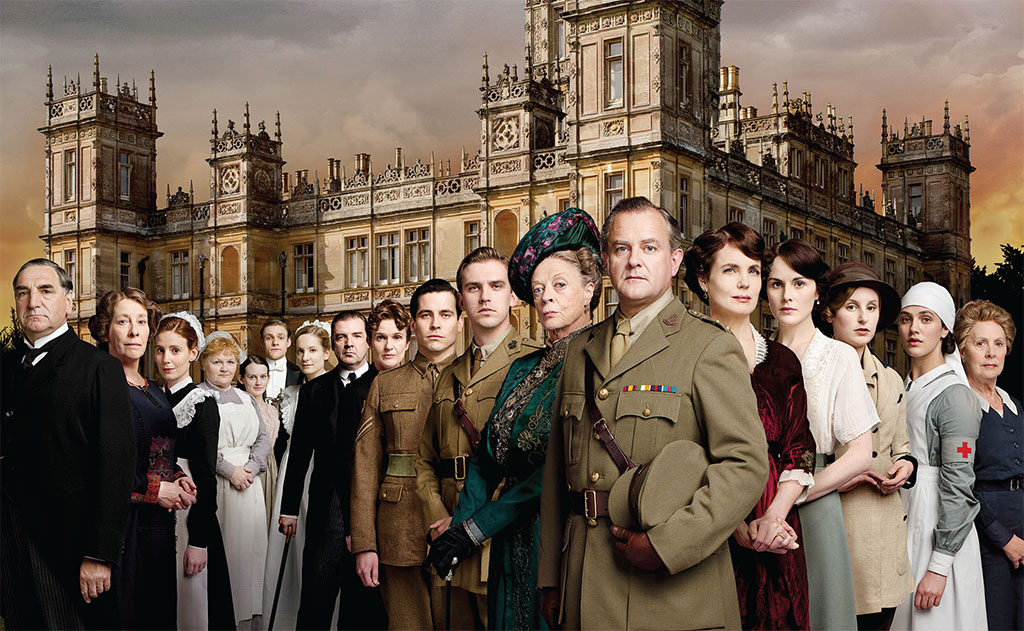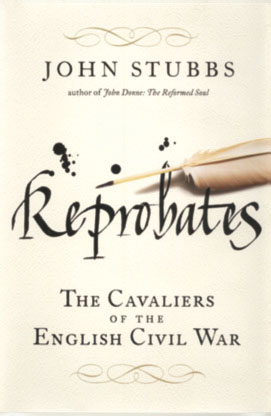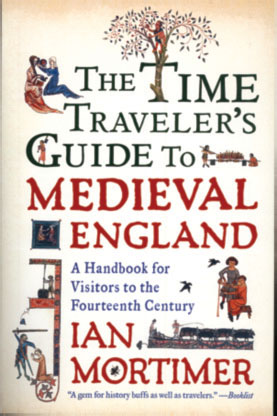
[caption id="DramaSeries_img1" align="aligncenter" width="1024"]

THE SECOND SERIES OF Emmy-award-winning ITV drama Downton Abbey ran this autumn in the UK to rave reviews. The final episode airing November 6, 2011, drew more than 10 million viewers, an audience share of almost 40 percent, making it the most watched drama in a decade.
Downton Abbey returns to the States for its second series on Masterpiece Classics beginning on January 8, 2012, and running Sunday evenings through February 19. While the first series brought viewers to the stately home and its denizens during the first years of the 20th century, series two sees the First World War shake the Downton Abbey world to its hierarchical roots. Maggie Smith, Hugh Bonneville, Elizabeth McGovern and Dan Stevens return to headline a great ensemble cast.
A third series is in the works to follow Downton Abbey after the Armistice and into the 1920s.
[caption id="DramaSeries_img2" align="aligncenter" width="1024"]

COURTESY OF MASTERPIECE CLASSIC
Where the Swash Really Got Its Buckle
“GATHER YE ROSEBUDS WHILE YE MAY …“ is probably the most famous line of Cavalier poetry. Robert Herrick captures the essence of carpe diem in his poem “To the Virgins to Make Much of Time.” It was the leitmotif of the Cavaliers who became identified with King Charles and the Royalist faction in the decades leading up to and through the English Civil War of the 1640s.
BOOKS
[caption id="DramaSeries_img3" align="alignright" width="271"]

Reprobates: The Cavaliers of the English Civil by John Stubbs, W.W. Norton, New York, 339 pages, hardcover, $39.95.
Courtiers and loyal sidesmen first, gamblers, part-time poets and amateur soldiers, feather in broad-brimmed hat over hair tumbling in lovelocks, rapier and rapier wit at the ready: these were the Cavaliers. The description certainly applies to rakes like Thomas Carew and Sir John Suckling. Robert Herrick himself, however, was chaplain to the Duke of Buckingham and then longtime (rather reluctant) vicar in the wilds of Devon.
Reprobates is the colorful history of the court, politics and personalities of the 1630s and 1640s, decades of dithering and civil war that toppled the Stuart throne and the concept of absolute monarchy.
Just how reprobate King Charles’ court and its adherents were, of course, is a matter of perspective. In the rising tide of Puritan religious fervor, the Scottish Covenanters and a concomitant distrust of ecclesiastical and authoritarian hierarchy, the Cavalier court, abetted by the power of the Anglican episcopacy, was reprobate indeed. Worse than that, they were careless and very out of touch.
We hear the story of the Puritans in history more, perhaps because they won the coming conflict between King and Parliament, perhaps because they left their footprint more decidedly on both political and ecclesiastical history. Rarely, however, do we get the perspective on those traumatic mid- 17th-century decades of those inside the monarch’s loyal circle—and its most colorful adherents at that. Together, those soldier-poet-romantics created a collective persona we know as the Cavaliers.
In Reprobates John Stubbs effectively re-creates their world, loyalties, motivations, poetry and foibles. In the process, Stubbs weaves together the political and social world that led King Charles to war against his times, and to lose his head as well as his throne. It was a lost cause, indeed. This is literary history at its finest, but it is serious reading. It repays the investment, however, with a well-painted tapestry of the Royalist cause in the mid 1600s. Good stuff.
The Past is a Foreign Country; This is Your Guidebook
THINK OF CHAUCER’S PILGRIMS gathering on an April evening at the Tabard Inn in Southwark, just across the fetid, polluted River Thames from the crowded, malodorous, pestilential city of London. For the next several days, they will travel, largely by foot, along muddy, rutted dirt tracks through Kent to the provincial cathedral city of Canterbury, population 4,300. It’s the 14th century.
History tells us what happened in the 1300s–Edward III and the Hundred Years War, the Black Death, the Peasants Revolt. It even works to explain why. But history rarely takes us back in time—to capture the experience of living in the times that marked the political, military and social events history records.
The Time Traveler’s Guide to Medieval England does just that—takes us back to the 14th century, transporting us like the Connecticut Yankee in King Arthur’s court to a world both fascinating and frightening. Ian Mortimer spins the tale in the second person, in the present tense. You are there. It’s an unusual and tricky narrative format, but it works.
The result is an inventive immersion into the daily life of a dramatically different time and culture. From what people wear at various stations of society to how their houses were furnished, from unpacking social relationships to how status varied diet, no detail is too small, no smell too pungent to ignore. Medicine, sex, organized crime, hygiene, music and sport: you are there. In sum, the population was young; society was violent; people were generally smelly and dirty; travel was dangerous; disease and disfigurement were rampant—and you wouldn’t want to live in that foreign country.
BOOKS
[caption id="DramaSeries_img4" align="alignright" width="277"]

The Time Traveler’s Guide to Medieval England: A Handbook for Visitors to the Fourteenth Century by Ian Mortimer, Touchstone Books, New York, 339 pages, softcover, $15.
In the UK, the book was the No. 1 bestselling history book last year and spent five weeks on the Sunday Times bestseller list. Now published in softcover by Simon & Schuster, this is most unusual history—but it’s a genuine page-turner. You won’t want to put it down.
Celebrating the Queen’s Diamond Jubilee
BUCKINGHAM PALACE will announce the Queen’s program for the year in January. Plans for the major events, of course, are well under way.
MAY 10, 11, 13:
THE WORLD COMES TO WINDSOR More than 500 horses and 800 performers from 16 countries will stage a 90-minute equestrian spectacular at Windsor Castle, raising the curtain on the program of Jubilee events.
SATURDAY, JUNE 2:
Jubilee weekend begins with the Queen attending the Epsom Derby.
SUNDAY, JUNE 3:
JUBILEE RIVER PAGEANT
More than 1,000 boats from around the world process down the River Thames, led by the Queen in the Royal Barge. Around the country, millions are expected to toast the Queen’s reign in street parties and garden parties.
MONDAY, JUNE 4:
DIAMOND JUBILEE BEACONS
Around the country and the Commonwealth, thousands of beacons will light up the sky to commemorate the Queen’s 60-year reign. That evening, a BBC concert at Buckingham Palace features performers from across the Commonwealth.
TUESDAY, JUNE 4:
SERVICE OF THANKSGIVING
A carriage procession through the streets will culminate in a service of Thanksgiving at St. Paul’s Cathedral.
JUNE 16: TROOPING THE COLOUR
The official celebration of Her Majesty’s birthday.
[caption id="DramaSeries_img5" align="aligncenter" width="1024"]






Comments